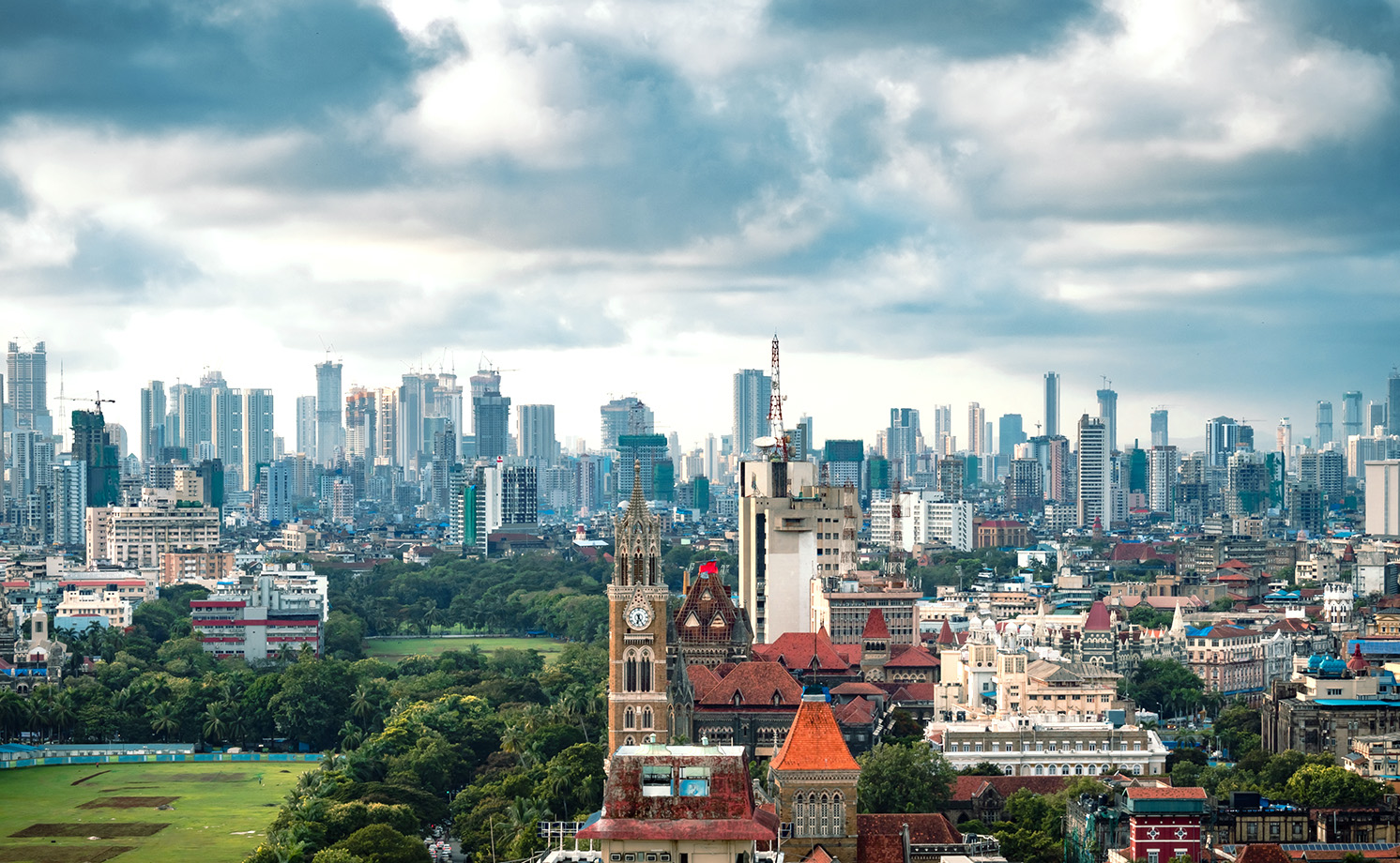
India begins to take on the climate challenge
With floods, droughts and heatwaves hitting India in recent years, both government and real estate players are beginning to introduce measures to tackle climate change.
The 2021 Climate Risk Index, which ranks countries by level of exposure and vulnerability to extreme events, ranked India 7th compared to 5th the previous year. “The Intergovernmental Panel on Climate Change (IPCC) has also found India to be one of the nations most significantly impacted by climate change, socially and politically,” says Sam Crispin, sustainability consultant at Savills Asia Pacific. The rapid growth of India’s cities has made them more vulnerable in recent years.
Flooding is a major risk for cities including Mumbai (pictured), which was rated the world’s second most vulnerable city to flooding in a study by European academics.
Meanwhile, more than two-thirds of the country is prone to drought in varying degrees. For example, Chennai was hit by severe drought in 2018 and water had to be brought in by road and rail under police escort.
India is also vulnerable to storms; its 7,156km of coastline is exposed to nearly 10% of the world’s cyclones. Both the east and west coasts are also likely to be affected by tsunamis.
The Indian government has tried to strike a balance between growth and preventing climate change. Prime Minister Modi announced a 2070 net zero target at the World Leaders Summit at COP26 in Glasgow in 2021.
In 2020, India pledged to reduce its emissions intensity (lower emissions per unit of GDP) but could move more quickly if it accelerated its transition from coal to renewables, says Megha Maan, director of research and consulting at Savills India.
“An accelerated transition away from coal towards renewable energy in line with the Paris Agreement would come with large benefits for sustainable development, with increased employment, avoiding health impacts from air pollution, reducing imports from fossil fuels, and benefits for the environment avoiding impacts on water and biodiversity and reducing climate change damages.”
The Indian real estate sector has begun to adopt international best practice regarding aspects such as water conservation, clean energy and waste management, while some leading developers are seeking green certification for their projects. A total of 146 buildings with gross floorspace of 2.8m sq m were LEED certified in India in 2021, making it the third largest user of LEED certification outside the US, behind China and Canada.
India has also introduced its own certification programmes. The Indian Green Building Council (IGBC) has introduced the Green Campus Rating System, while the Bureau of Energy Efficiency (BEE) has launched the Energy Conservation Building Code for new commercial buildings, and the Eco Niwas Samhita for new residential buildings.
There is also pressure in the residential sector from end-users, says Maan. “Consumers are a lot savvier about climate change issues. They prefer energy efficient and sustainable homes. Such homes also provide them with lower costs, improved health and comfort along with sustainability in the long run.”
Further reading:
Savills India Research
Contact us:
Sam Crispin | Simon Smith


